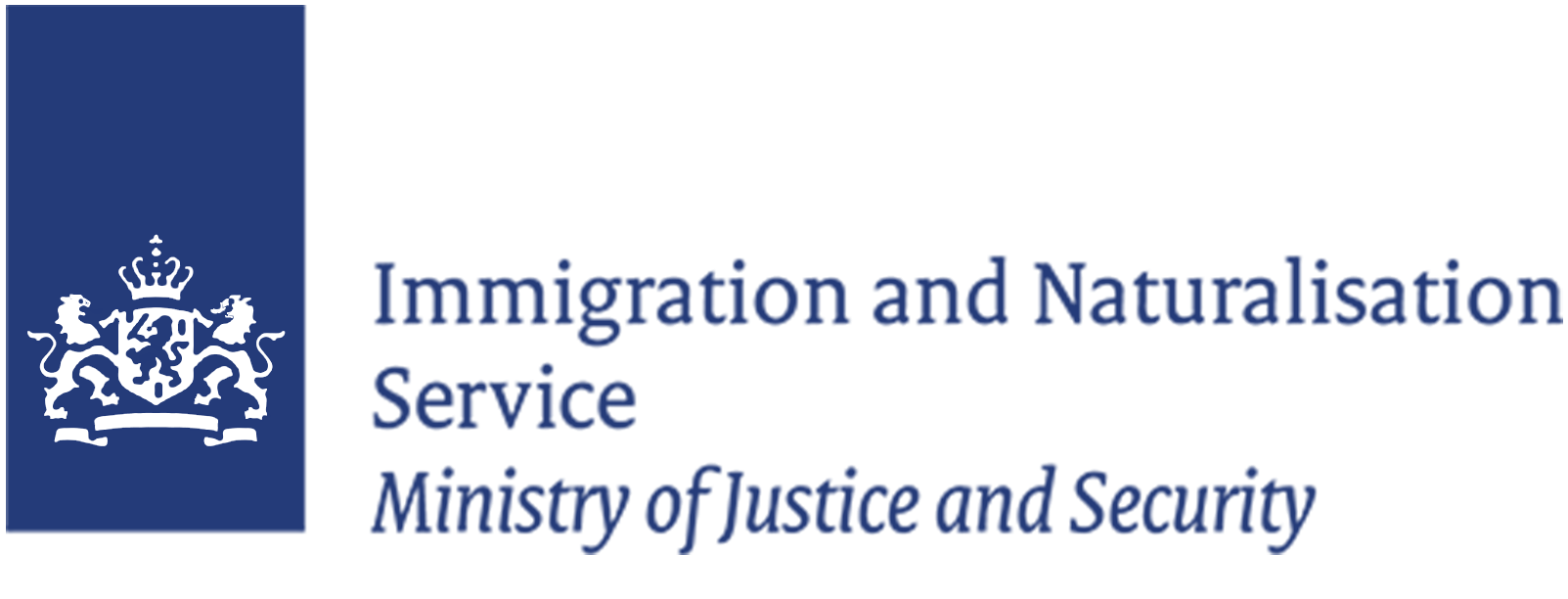Main Area
Main
Family migration
Migrants can have their partner and children come over to the European Union (EU). This respects the fundamental right to family life as enshrined in Article 8 of the European Convention on Human Rights (ECHR).
There are two types of family migration: family reunification and family formation. Family reunification is the reunification of an already existing family, the migrant with their partner and/or children. Family formation involves the establishment of a family relationship.
The Dutch policy on family migration is mainly influenced by legislation and regulations at the EU level. The EU Directive on the right to family reunification for migrants from outside the EU has been in force since 2005. In addition, the European Court of Justice influences Dutch policy. For example, due to the Chakroun-Ruling (2010), the Netherlands had to reverse its strict income requirements.
Specific to the Dutch policy is the distinction between family reunification for migrants working or studying here, and family reunification for beneficiaries of international protection. The latter is called asylum family reunification. Adjusted, less stringent conditions apply to asylum family reunification than to "regular" family reunification.


